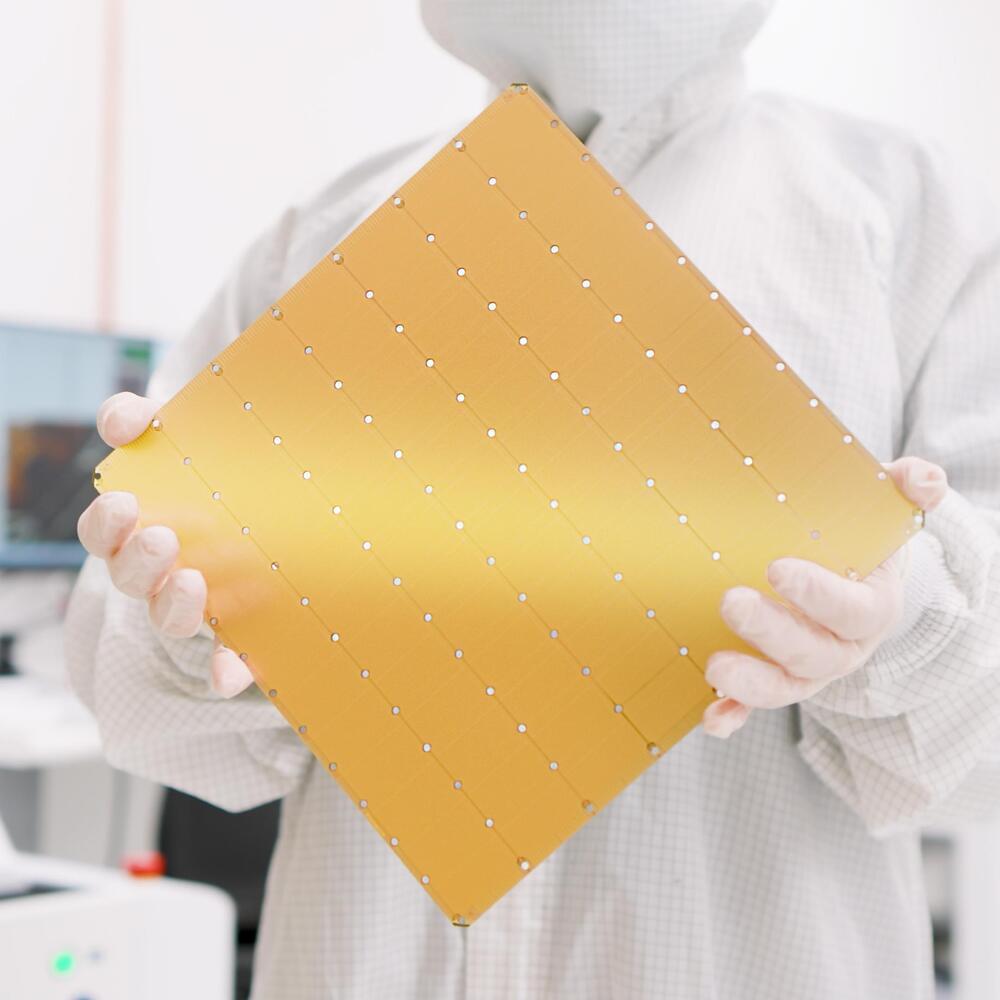Nice figures in this newly published survey on Scaled Optimal Transport with 200+ references.
👉
Optimal Transport (OT) is a mathematical framework that first emerged in the eighteenth century and has led to a plethora of methods for answering many theoretical and applied questions. The last decade has been a witness to the remarkable contributions of this classical optimization problem to machine learning. This paper is about where and how optimal transport is used in machine learning with a focus on the question of scalable optimal transport. We provide a comprehensive survey of optimal transport while ensuring an accessible presentation as permitted by the nature of the topic and the context. First, we explain the optimal transport background and introduce different flavors (i.e. mathematical formulations), properties, and notable applications.







